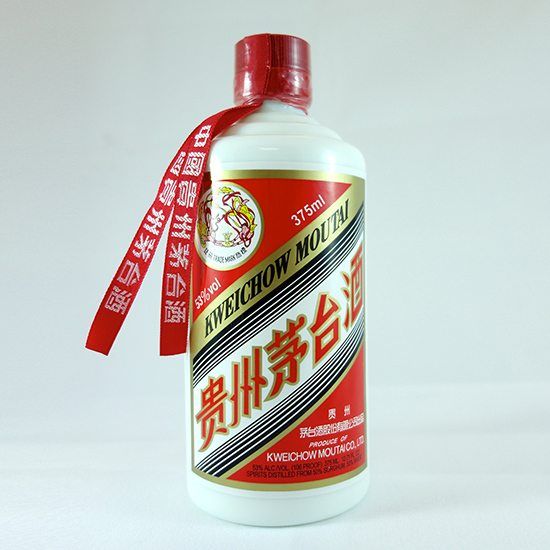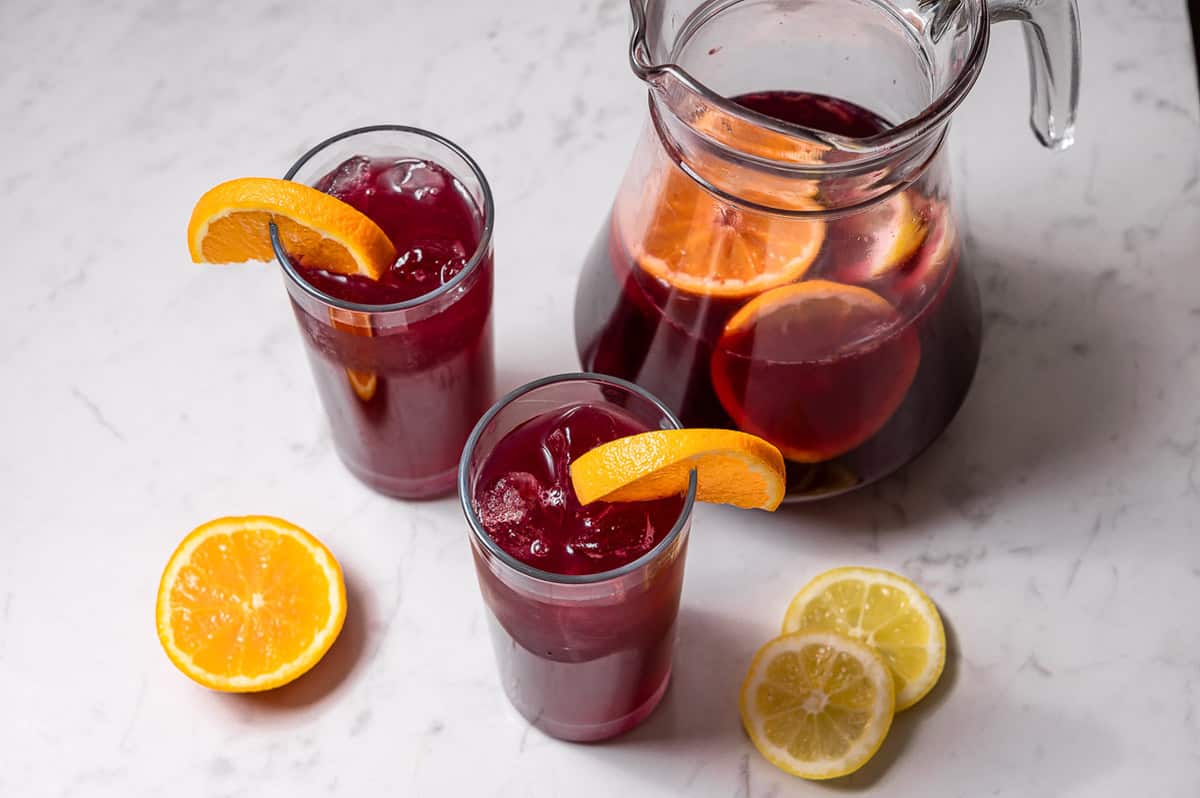It turns out it isn’t a myth that alcohol makes you speak a foreign language better - science says so! We came up with a list of drinks you can mix up next time you’d like to practice your second language.
Arabic
If you like the taste of anise or licorice, you’ll like arak (sometimes spelled araq). It’s a translucent, unsweetened, distilled spirit that’s common in the Middle East. Arak has high alcohol content, so it’s usually diluted with water or ice. Try it on ice or mix up the following in a highball glass:
- 4 ounces grapefruit juice
- 2 ounces arak
- Seltzer, to taste
- Grapefruit slice
- Basil sprig
You can buy Arak in many Middle Eastern markets in the United States. Massaya and Ksarak are popular brands.
Chinese
Baijiu (白酒, pronounced bye-j’yo) is a clear liquor usually distilled from sorghum. This one is hard to describe, so you might just have to try it yourself. Traditionally, the Chinese served baijiu neat at room temperature in small cups or glasses, like you’d drink a scotch, but modern bar culture has started mixing it into cocktails. Check out this colorful recipe for some inspiration.
You’ll probably find it at most liquor stores in the United States, next to high-end whiskeys and Cognacs.

French
Try a Soixante-Quinze, or a French 75. This cocktail was created by a bartender in Paris in 1915 and is described as having “such a kick that it feels like being shelled with the powerful French 75mm field gun.” You’ve been warned.
- 1 oz gin
- 1/2 oz lemon juice
- 2 dashes simple syrup
- 2 oz Champagne
Combine the gin, simple syrup, and lemon juice in a cocktail shaker filled with ice. Shake and strain into an iced champagne glass, then top up with Champagne and gently stir.
German
If you’re a rum lover, make a Tschunk.
- 2 oz gold rum
- 1 fresh lime (cut into wedges)
- 1 teaspoon brown sugar
- Club-Mate
Crush the limes and brown sugar together in a glass. Add crushed ice and pour the rum and Club-Mate over it.
Hebrew
If you can get your hands on it, try Tubi 60. It’s a citrus liqueur that’s similar to limoncello with ginger, herbs, and floral extracts. People in Tel-Aviv often drink this as a shot, but it’s also commonly served in slushie form. Many say Tubi 60 won’t give you a hangover, but we’ll let you be the judge.

Japanese
Chuhai (チューハイ, 酎ハイ) is a Japanese cocktail made with shochu (焼酎), soda, and fruit juice. Choose whichever type of fruit juice suits your mood for a refreshing cocktail that’s great for warm weather.
- ½ cup club soda
- ¼ cup shochu
- 1 tbsp simple syrup
- 1 tsp fruit juice
- Lemon or lime (optional)
Combine club soda, shochu, simple syrup, and fruit juice in a glass and mix well. Add ice and garnish with lemon or lime.
Portuguese
The Caipirinha is Brazil’s national cocktail. It’s made with cachaça, a distinct spirit with funky, grassy flavors.
- 1 lime, cut into wedges
- 2 teaspoons sugar
- 2 ounces cachaça
- Lime wheel for garnish
Muddle the lime wedges and sugar in a double rocks glass. Fill the glass with ice, add the cachaça, and stir. Garnish with the lime wheel and serve.
Russian
You probably already know that vodka is integral to Russian drinking culture. Try mixing it with kvass, a fermented beverage commonly made from rye bread, to make a kvasya cocktail.
- 35 ml kvass
- 10 ml vodka
- 5 ml cinnamon syrup
This one’s easy. Just pour these ingredients into a glass with some ice.
Spanish
You’ve probably tried sangria, but what about a tinto de verano? It translates to red wine of summer, so it obviously makes for the perfect warm weather drink. It’s common in Spain and very easy to make at home.
- 1/2 cup red wine
- 1/2 cup lemon-lime soda, such as Sprite or 7-Up
- Slice of lemon, for garnish
Add wine and soda to a tall glass over ice and garnish with a lemon slice.

Try some of these and let us know what you think. Cheers!

 Spanish
Spanish
 French
French
 Italian
Italian
 Arabic
Arabic
 Portuguese
Portuguese
 German
German
 Chinese
Chinese
 Japanese
Japanese
 Russian
Russian